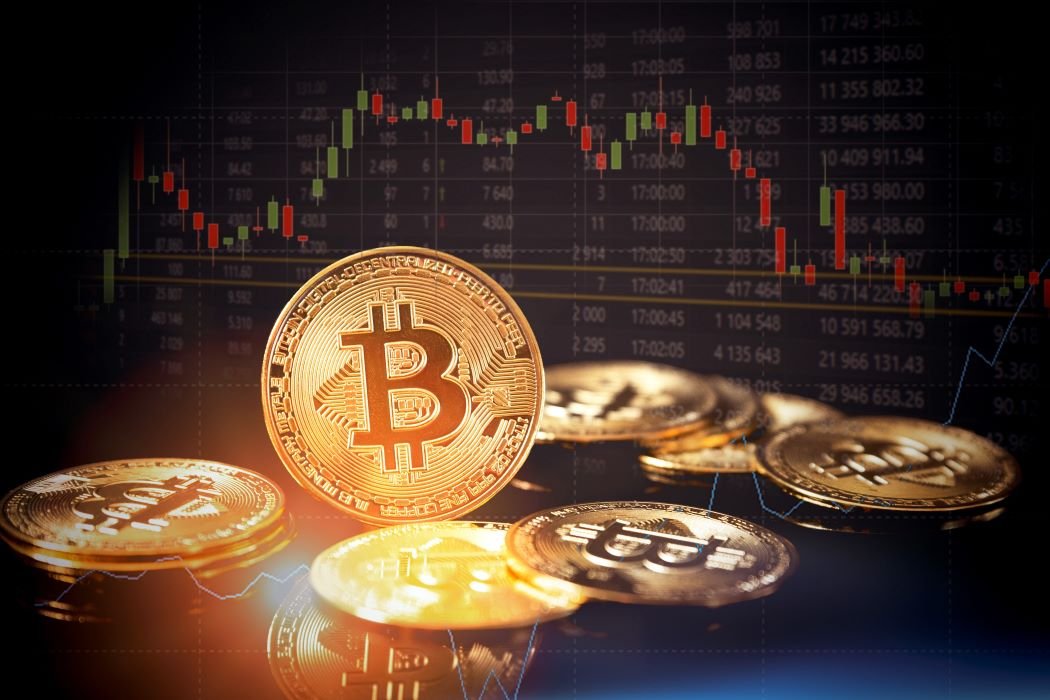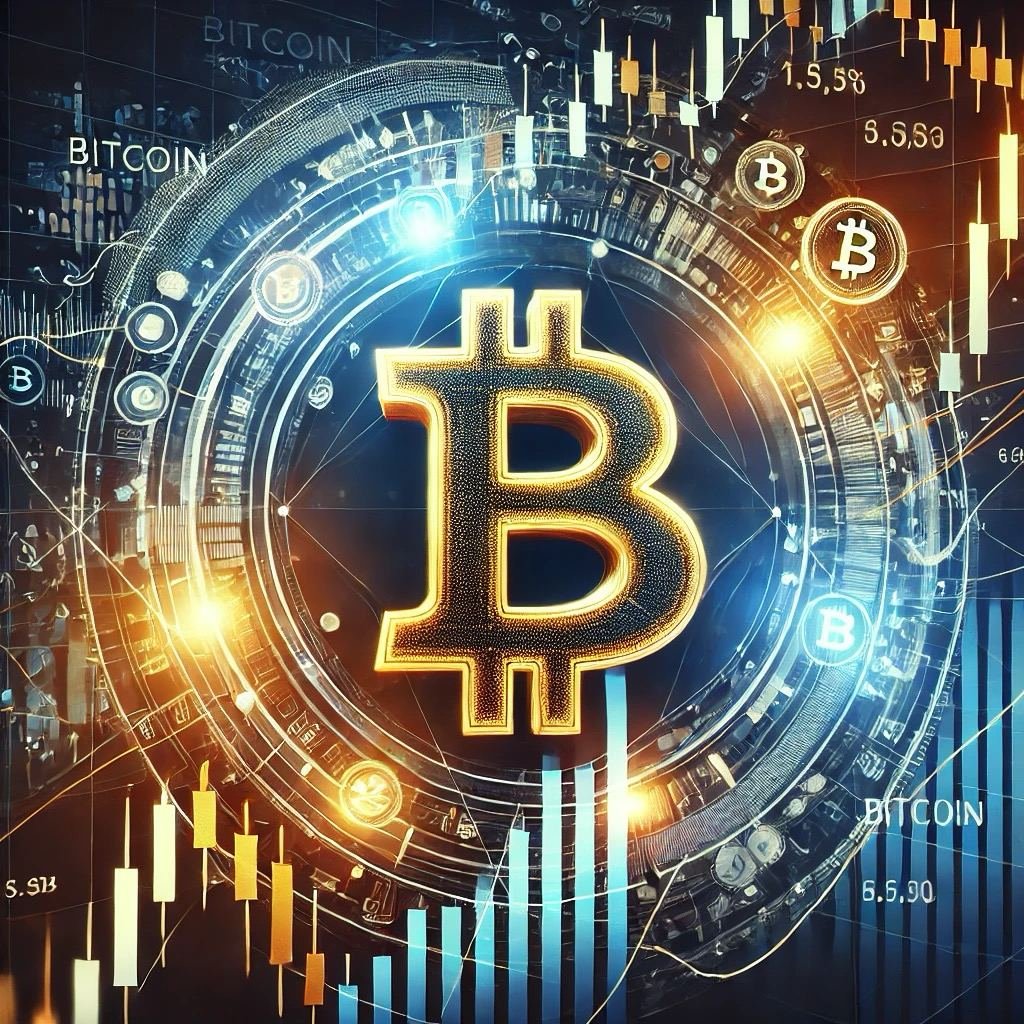A new analysis from Truflation, titled “Where is Bitcoin Headed Next? A Signal Hidden in Real-Time Data,” suggests that Bitcoin’s price often surges after key inflation trends shift. Their research highlights a pattern where Bitcoin tends to rise shortly after inflation slows down, stabilizes, or reverses.
How Inflation and Bitcoin Are Connected
Looking back, the COVID-19 pandemic led central banks to cut interest rates to nearly zero and pump money into the economy. This easy-money environment helped fuel Bitcoin’s 2021 bull run, pushing it to new all-time highs.
But in 2022 and 2023, inflation became a major issue. The US Federal Reserve responded with aggressive interest rate hikes, aiming to bring inflation down to 2%. As a result, Bitcoin struggled through a long bear market as investors pulled out of risky assets.
By June 2023, real-time inflation data from Truflation showed inflation had dropped to 2%, while official government data (CPI) followed with a 3% reading in July 2023. However, instead of continuing to fall steadily, inflation began moving in waves—dropping, stabilizing, and rising again.
Bitcoin’s Price Surges After Inflation Turns
Truflation points to four key moments between September 2023 and September 2024, where inflation dropped and then flattened or bounced back. Each time, Bitcoin’s price surged shortly afterward.
Now, in early 2025, Truflation’s data suggests a similar setup might be forming:
🔹 Inflation fell sharply to 1.3% (a level not seen in months)
🔹 Then it rose back to 1.8%
🔹 In past cycles, this kind of movement preceded Bitcoin rallies
“When Truflation’s disinflation trend pauses or reverses, Bitcoin tends to rally shortly after. This pattern has repeated a few times already—and if history rhymes, it may be unfolding once again soon.” — Truflation Analysis
Why Does This Happen?
Bitcoin is often seen as a forward-looking asset, meaning its price reacts to expectations about the future rather than just current events. When inflation slows down, investors start speculating that:
✅ The Federal Reserve might stop raising interest rates
✅ The Fed could even start cutting rates sooner
✅ This would increase liquidity, making Bitcoin and other assets more attractive
A mild slowdown in inflation (without a full-blown recession) creates a “soft landing” scenario, where investors feel confident putting money into riskier assets like Bitcoin.
This pattern has played out before:
📌 In 2020, when central banks cut rates and printed money, Bitcoin soared to $69,000 in 2021
📌 In 2023, when inflation slowed, Bitcoin rebounded from its 2022 lows of $15,500 to over $40,000
Will Bitcoin Follow the Same Pattern Again?
Truflation admits that no single piece of data—even their own inflation index—can predict Bitcoin’s price with certainty. However, inflation expectations affect all markets, including:
📌 Stocks (S&P 500, Nasdaq)
📌 Commodities (gold, oil)
📌 Forex and bond yields
Since Bitcoin often follows macro trends, investors keeping an eye on inflation data may be ahead of the curve before official CPI reports or Federal Reserve announcements confirm the trend.
At the time of writing, Bitcoin is trading at $84,461. If inflation trends continue to follow past cycles, we might see another Bitcoin rally sooner than expected.





